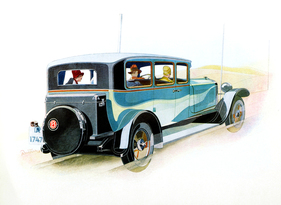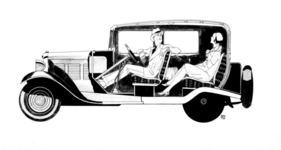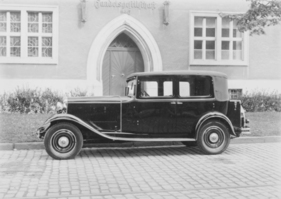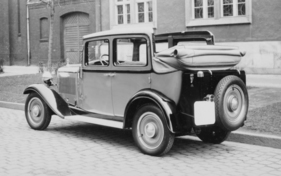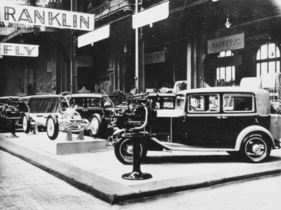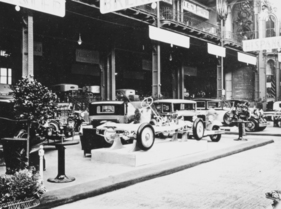Brennabor - the rise and fall of one of Germany's largest automobile factories
Summary
The German automobile company Brennabor only had a short, albeit quite successful, time. Starting out as a manufacturer of baby carriages, the company soon turned its attention to the automobile. Thanks to various previously unheard-of changes and innovations, the Brennabor company was very successful. But it came as it had to: the rapid rise was followed by an equally rapid fall, as this newly edited report from the magazine Automobil und Motorrad Chronik from 1985, supplemented with a lot of contemporary picture and sales literature material, knows how to convey.
This article contains the following chapters
- From baby carriages to automobiles
- Baby carriages, bicycles and then motor vehicles
- First automobile - Brennaborette - from 1907
- Assembly line technology for the production of ammunition during the First World War
- Brennabor introduced laterally closed bodies for the first time
- The quest for comfort
- Gemeinschaft Deutscher Automobilfabriken GmbH
- World economic crisis - unsuccessful rescue attempt by Brennabor
- The rise was followed by the fall
Estimated reading time: 7min
Preview (beginning of the article)
The production program of Brennabor - a company that was the largest automobile factory in Germany in 1925 - once ranged from baby carriages to large eight-cylinder cars. It was truly unforeseeable that the modest 15-man operation founded by a certain Carl Reichstein and his brothers Adolf and Hermann in Brandenburg an der Havel in 1871 would one day become Germany's largest automobile factory. The products of 1871 had only one thing in common with those of later times: four wheels. The Reichsteins began their entry into the industrial age by manufacturing baby carriages from wickerwork. Business must have been good, because just three years later the company moved to larger premises at Brandenburg's main railway station and the workforce grew to 300. By the turn of the century, there were already 800, and by the end of the 1920s, 8,000 people were employed by Brennabor, with the factories covering an area of 400,000 square meters.
Continue reading this article for free?
Photos of this article

























